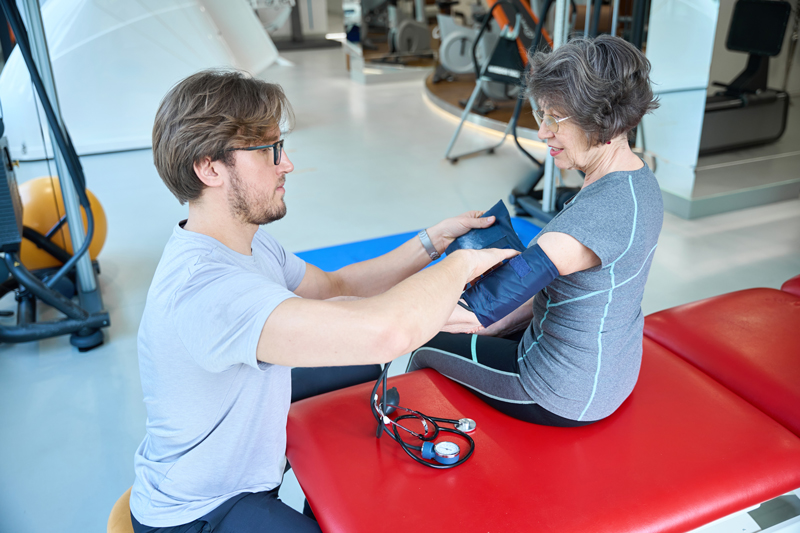Regular physical activity is one of the most effective lifestyle interventions for controlling blood pressure. Engaging in consistent exercise strengthens the heart, improves circulation, and enhances the elasticity of blood vessels, reducing the strain placed on arterial walls.
A study conducted by the University of Glasgow and published in the British Journal of Sports Medicine found that moderate exercise, such as brisk walking or cycling, for at least 150 minutes per week can significantly reduce both systolic and diastolic blood pressure. Additionally, the research highlighted that even short bursts of activity, such as stair climbing, can yield noticeable benefits.
Cardiovascular exercise, including jogging, swimming, and cycling, improves overall cardiovascular fitness and increases nitric oxide production, which helps blood vessels dilate, promoting better blood flow. Strength training has also been shown to contribute to blood pressure reduction, as it helps maintain a healthy body composition and improves metabolic function. The European Society of Cardiology recommends a combination of aerobic and resistance training for optimal heart health.
Despite the well-established benefits of exercise, a significant portion of the UK population remains physically inactive. Sedentary jobs and modern conveniences contribute to a lack of movement throughout the day. Public health initiatives, such as the NHS’s “Active 10” campaign, encourage individuals to incorporate more movement into their daily lives, highlighting that even brief but regular walks can help manage blood pressure.
For individuals with hypertension, gradually incorporating exercise into their routine is key. Starting with low-impact activities like walking or swimming can help build endurance without placing undue stress on the cardiovascular system. Over time, increasing exercise intensity and duration can further improve blood pressure levels. However, it is advisable to consult a healthcare professional before beginning any high-intensity exercise program.
Regular exercise also plays a role in stress reduction, which is crucial for blood pressure management. Activities such as yoga and tai chi have been shown to lower stress hormones and improve autonomic nervous system balance, resulting in better blood pressure control.
Encouraging an active lifestyle at a societal level can have profound public health benefits. Cities that promote cycling infrastructure and pedestrian-friendly spaces provide environments that naturally encourage physical activity. Workplace initiatives that support active commuting, standing desks, or scheduled movement breaks can also contribute to overall cardiovascular health.
Overall, exercise remains a powerful and accessible tool for blood pressure management. By integrating regular movement into daily life, individuals can significantly reduce their risk of hypertension and its associated complications.
Reference: O’Donnell, D. E., Neder, J. A., & Upton, J. (2018). Exercise training in patients with hypertension: Clinical and physiological implications. British Journal of Sports Medicine, 52(14), 889-896. https://doi.org/10.1136/bjsports-2017-098671
